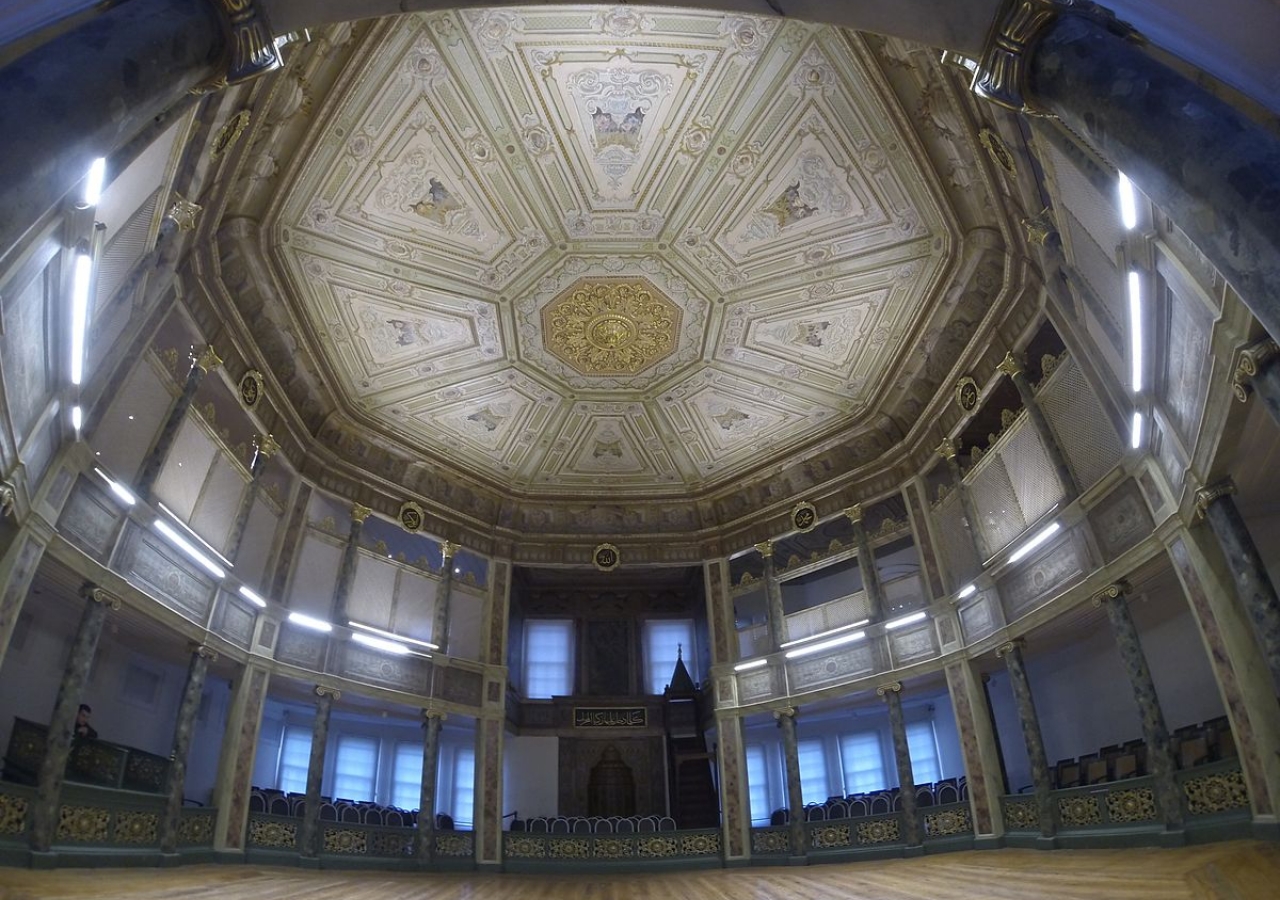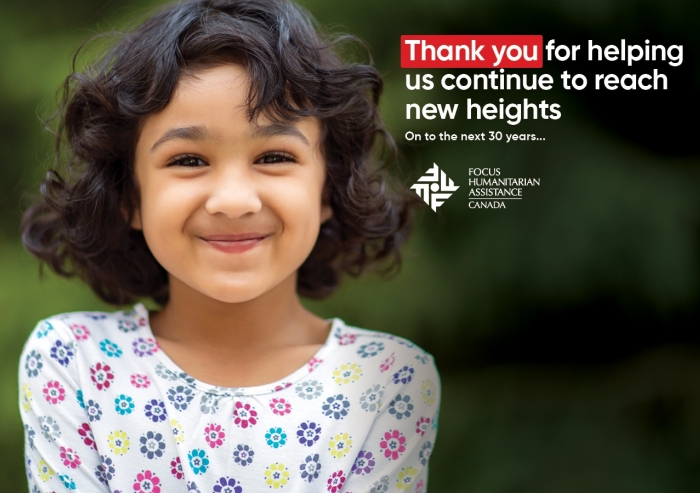“For many centuries, a prominent feature of the Muslim religious landscape has been the variety of spaces of gathering co-existing harmoniously with the masjid, which in itself has accommodated a range of diverse institutional spaces for educational, social and reflective purposes. Historically serving communities of different interpretations and spiritual affiliations, these spaces have retained their cultural nomenclatures and characteristics, from ribat and zawiyya to khanaqa and jamatkhana. The congregational space incorporated within the Ismaili Centre belongs to the historic category of jamatkhana, an institutional category that also serves a number of sister Sunni and Shia communities, in their respective contexts, in many parts of the world. Here, it will be space reserved for traditions and practices specific to the Shia Ismaili Tariqah of Islam.”
Mawlana Hazar Imam, Foundation Ceremony of the Ismaili Centre, Dubai, December 13, 2003
Previously, we have explored the history and role of Jamatkhanas and the ambassadorial role of the Ismaili Centres. Here, we explore the Jamatkhana as one of a diversity of Muslim spaces of gathering and worship.
Muslims have always practiced their faith in diverse ways and in diverse spaces of worship, dating back to the time of Prophet Muhammad (peace be upon him and his family). The Prophet and the earliest Muslim community living in Mecca had no special place of worship and the arrangements for communal worship were informal. According to a famous hadith, or saying, of the Prophet, the “whole world is a masjid.” Following the Hijra to Medina, specific places of worship began to emerge, such as the courtyard next to the Prophet’s house. This space is remembered as the first masjid, or mosque, of the Muslim Ummah.
The Prophet’s house was not only a space of worship. It was also a religious, social, educational and political centre for the new Muslim community. The building was the place where the Prophet delivered his sermons and where people came to meet the Prophet seeking his advice on different affairs. It was an ambassadorial space where envoys were received. The shaded space - called the suffa - at the back of the courtyard of the mosque provided shelter for the poor, travelers and visitors who spent the night in the mosque. The multiple functions that the first Muslim space of worship performed for the community continues to inform the ways in which Muslim spaces of worship, including the Jamatkhanas, are used today.
Throughout Muslim history, not only was the mosque a varied category, but other types of spaces used for religious purposes also began to emerge and became very common as the Muslim Ummah grew. Some of these complementary and co-existent places include the Khanaqah, Zawiya, Tekke, Ribat, Imambara, and Dargah, each name denoting a particular purpose or group affiliation. The practices performed in many of these spaces differed from that performed in the mosque.
The Khanaqah, for example, is a space common in Syria, Iran and Egypt amongst some Sufi groups and is used exclusively by members for practices specific to the Sufi Tariqah, including the recitation of dhikr in remembrance of Allah, and the performance of devotional poetry and music in a ritual known as Sama’, as well as accompanied physical movement or dance. Each Tariqah practices their rituals in diverse ways, and similar spaces are known by various other terms in different regions of the Muslim world, including Ribat, Zawiya, and Tekke. Many of these spaces also incorporate tombs in which Sufi shaykhs or pirs are buried, and frequently become popular pilgrimage sites to seek barakah and shafa’a (intercession).
Among Shia Muslim spaces of gathering are the Husayniya and the Imambara, particularly common among Shia Ithna’ashari communities around the world. These are spaces for rituals connected to the commemoration of the life and martyrdom of Imam Husayn (‘alayhis-salam) and may refer to either temporary spaces set up during the month of Muharram or to permanent complexes.
Several Muslim communities, including Ismailis and some Sufi Tariqahs, use a space called Jamatkhana, literally “the house of the community.” The Jamatkhana is, thus, one category among the broad diversity of spaces that exist across the Ummah. Like other spaces of gathering, Jamatkhanas are multifunctional and act as religious, educational and social centres for the community.
In his article “Muslim Spaces of Piety and Worship,” Karim Jiwani wrote that, “the devotional life of Muslims has consisted of a rich variety of expressions, forms, interpretations and spaces. As a result, a pluriform rather than uniform culture has been characteristic of the reality of Muslim societies throughout history.” Today, the diverse spaces for prayer and worship found across the Muslim world, including Jamatkhanas, are used to perform practices and rituals specific to each Tariqah.
Below are further resources to learn more about the diversity of spaces of worship:
- Muslim Spaces of Piety and Worship, Karim Jiwani, The Institute of Ismaili Studies
- The Water is One, but the Flowers are Coloured: Pluralism and Piety in the Muslim World, Rizwan Mawani, The Ismaili Canada (March 2010)
- Speech at the Foundation Ceremony of the Ismaili Centre, Dubai, Mawlana Hazar Imam
- Glossary, The Institute of Ismaili Studies
Thank you for visiting this website. In order to improve the quality of the website, please complete a short survey. The data collected through this survey will help us to serve you in a more effective and efficient manner. Please click on this link to complete the survey.
Explore Part 4 Ismaili Jamatkhanas, Congregational Practice and Privacy









